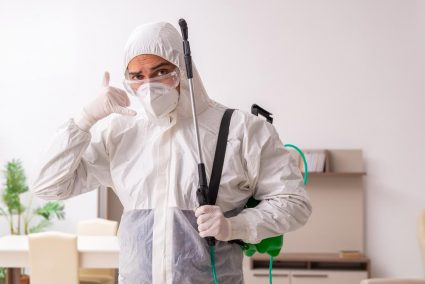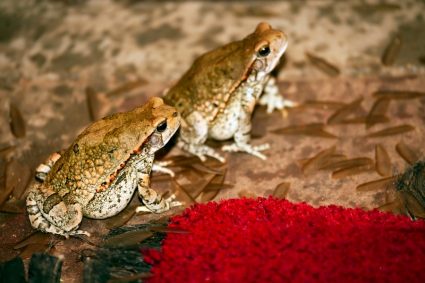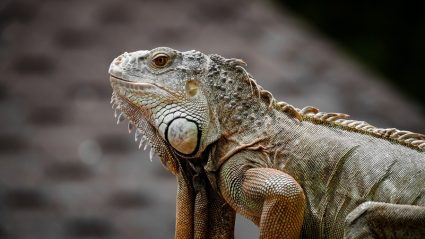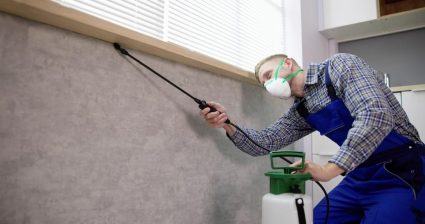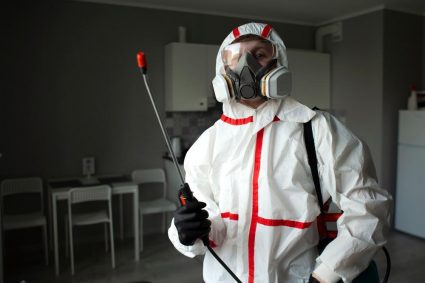
I had to seek the help of professional pest exterminators twice in the last year, first eliminating a budding termite infestation in my home, followed by a rat infestation in the basement of my mother’s house.
The pest exterminators used various methods with our agreement in both instances to resolve the infestations we were facing.
Traditionally, the term pest exterminator draws a mental picture of a professional spraying dangerous chemicals to kill or repel pests.
However, the pest control industry has evolved, and pest exterminators today are equipped with all kinds of techniques to eliminate pest problems effectively.
Professional pest exterminators use various methods to effectively kill and remove pests, including:
Physical methods such as killing and trapping.
Chemical solutions include Pyrethroids, Hydramethylnon, and Boric acid.
Green strategies, including Pyrethrins, biological pesticides, and the scents of natural oils.
Let’s learn more about what professional pest exterminators use to kill and repel pests and what to consider when agreeing to their methods.
Factors That Determine Pest Control Methods
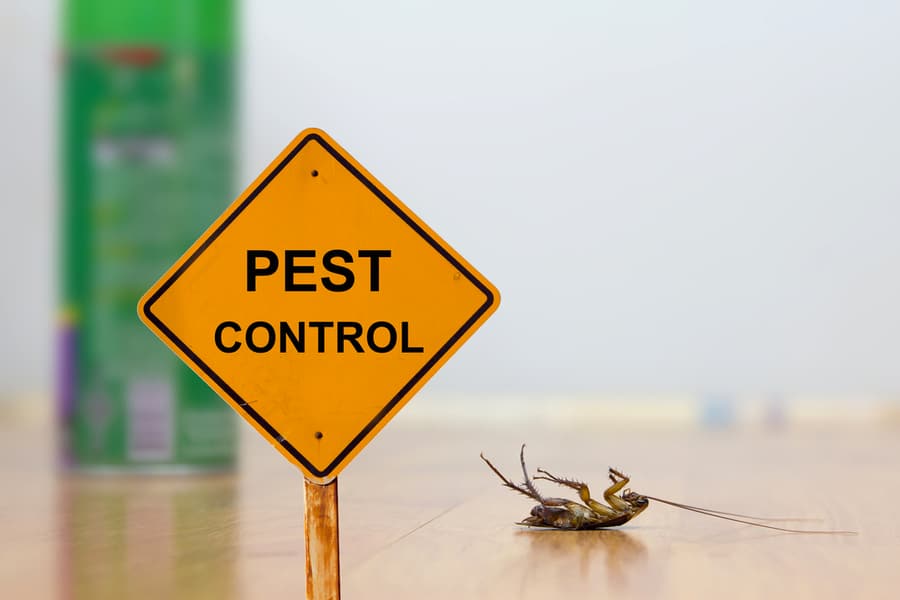
Pest exterminators usually have a wide array of tools in their inventory, and their choice of methods depends on various factors.
First and foremost, they need to consider the type of pest they are dealing with and the severity of the infestation.
They also need to weigh critical factors such as geographical factors, climate challenges, client expectations, and areas of concern.
The methods used to counter a particular type of pest might also depend on the pest extermination service involved.
Their knowledge, expertise, experience, ethics, and availability will also play a critical role in determining the methods they use to control pests.
Methods Professional Exterminators Use

Professional pest control technicians use methods to resolve various pest problems, including physical, chemical, biological, and green.
Pest exterminators discuss the planned course of action before they get to work, enabling the client to raise any concerns or objections.
1. Physical Pest Control Methods

Pest exterminators sometimes eliminate pest problems using physical techniques.
These methods include killing, trapping, and removing breeding grounds.
Various trapping mechanisms are used depending on the type of pest.
Specific trapping techniques use chemical substances as bait or to eliminate pests.
Therefore, double-check with the pest exterminator whether trapping involves harmful substances and take protective measures.
2. Chemical Pest Control Methods

The use of chemicals to eliminate and control pest infestations is common among pest exterminators.
While professional pest control technicians are trained to use chemicals in their work safely, it’s essential to discuss what substances are being used and their effects on the health of the residents.
The great news is that many professional pest control companies are adopting safe and green chemicals for pest control.
As a result, finding a professional pest control service that uses green and eco-friendly chemicals to eliminate pest problems is becoming increasingly easier.
Coming from chrysanthemum flowers, Pyrethrins are a combination of six pest-toxic chemicals.
Pyrethrins
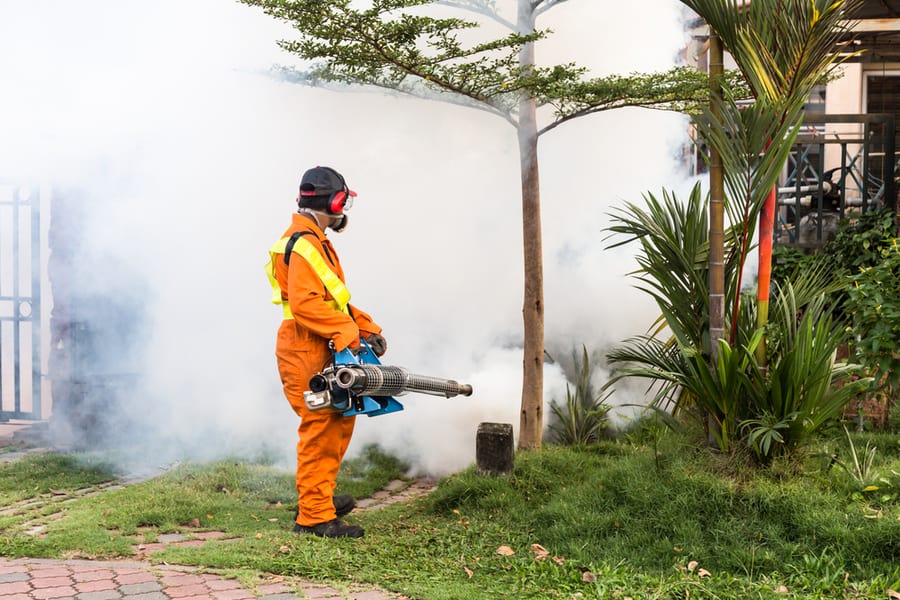
Pest exterminators widely use these to eliminate and control ants, fleas, flies, mosquitos, and moths.
Thousands of agriculture, cleaning, and household products contain pyrethrins, including organic agriculture products and shampoos.
Pyrethrins usually contain some impurities when being separated from chrysanthemum flowers. Pyrethrum powder is produced by crushing whole flowers, resulting in more impurities.
Exposure to Pyrethrins by inhaling, ingestion, or direct contact with eyes or skin can cause irritation and numbness.
Exposure to large or concentrated amounts of the chemical, especially ingestion, requires immediate medical attention.
Pyrethroids
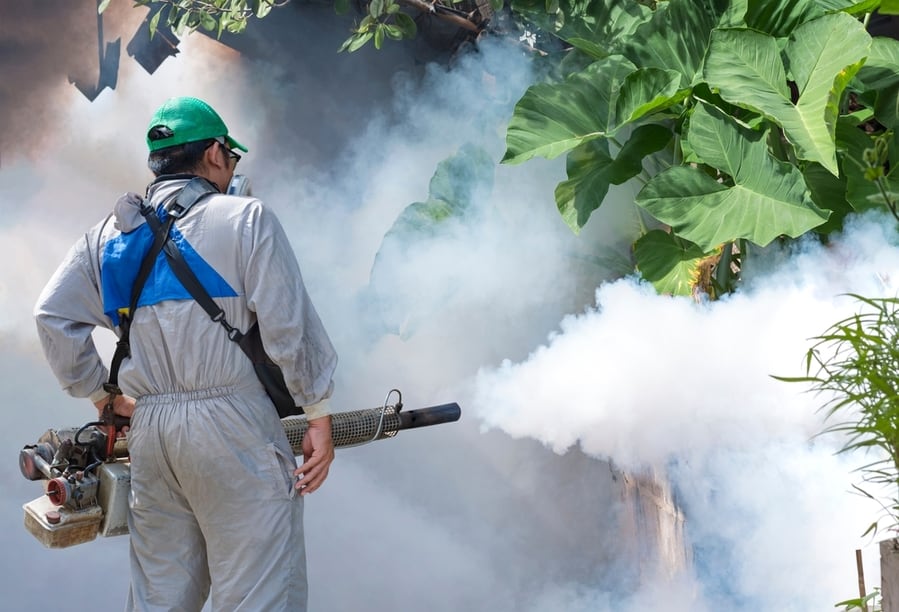
These are a combination of artificial chemicals that are toxic to various pests, mimicking the natural pest-killing action of pyrethrum.
Permethrin, Resmethrin, and Sumithrin (d-Phenothrin) are a few pyrethroids used in the United States from the thousands of pyrethroids.
Small amounts of pyrethroids settle on surfaces for a few days upon application. Other chemicals used alongside them and sunlight usually break them down, activating their effects.
Many commercial products that control insects contain pyrethroids, including household insecticides, pet shampoos, and sprays. Lice treatment shampoo and mosquito repellents also have pyrethroids.
Various pyrethroids, especially permethrin, are used to eliminate lice, mosquitos, and scabies.
Pest exterminators often apply these chemicals in buildings, lawns, livestock and pets, and clothing when countering pest infestations.
Pyrethroids are usually safe for humans. However, any objects such as toys that children or pets might place in their mouths must be kept away when the chemical is being sprayed.
Any object exposed to the chemical needs to be thoroughly washed using soap.
Some agriculture and gardening products also contain pyrethroids, risking contamination through consuming vegetables and fruits. Therefore, careful washing is advised before consumption.
Piperonyl Butoxide

This is another essential weapon in a pest exterminator’s armory. It’s also found in many everyday sprays and pesticides.
Piperonyl Butoxide is usually mixed with other chemicals, such as pyrethrin, making it more effective against pests such as fleas, lice, mosquitos, and ticks.
Low exposure to piperonyl butoxide isn’t dangerous to humans and animals. However, limiting exposure is advised.
Fipronil
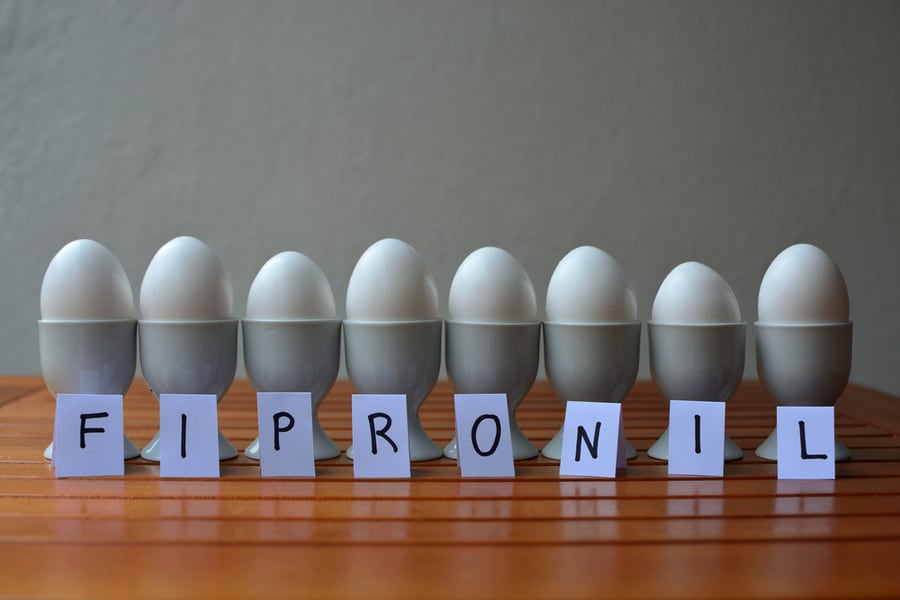
Pest control technicians use Fipronil to eliminate ants, beetles, cockroaches, crickets, fleas, termites, weevils, and other pests.
Fipronil attacks the pest’s central nervous system, eventually killing them.
Long-term or extensive exposure to Fipronil should be avoided.
Furthermore, it should only be handled by trained professionals since improper application creates health risks.
Hydramethylnon
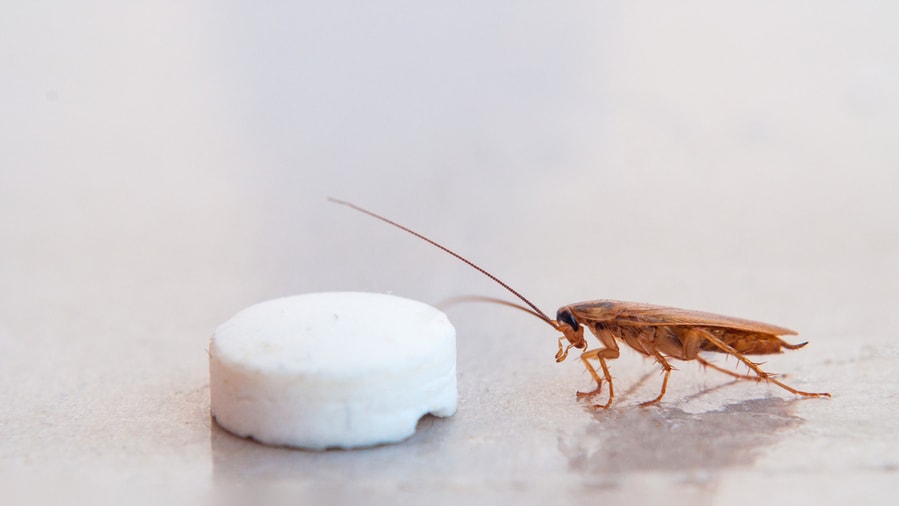
This chemical is often found in traps as bait for different pests such as ants, cockroaches, crickets, termites, and silverfish.
Hydramethylnon makes pests lethargic upon coming to direct contact with it, eventually leading to their deaths in a few days.
Additionally, contaminants spread the chemical to their colonies, resulting in their demise.
Hydramethylnon is usually safe, although it can sometimes cause minor skin and respiratory irritations.
Boric Acid

Boric acid is a very popular chemical used by pest exterminators.
Its uses are broader than pest control, especially as a cost-effective chemical.
Pest exterminators use Boric acid sprays to eliminate ants, bed bugs, beetles, fleas, flies, moths, roaches, spiders, and termites.
Boric acid is dangerous to humans and animals. As a result, it should be used carefully, especially around children and pets.
Indoxacarb
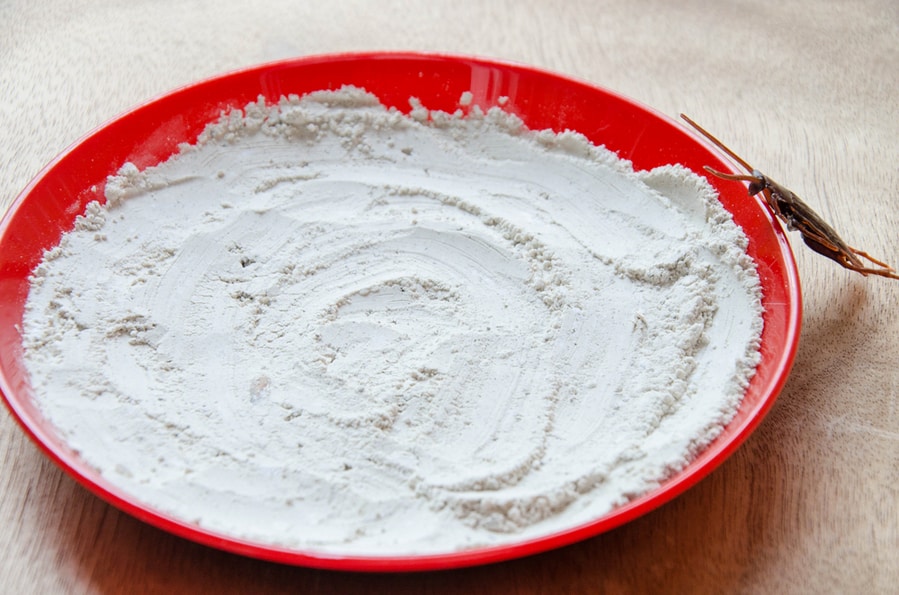
Pest control technicians widely use this pesticide to eliminate roach infestations.
Roaches that come to direct contact with Indoxacarb eventually die.
Their feces and carcasses further contaminate their peers, effectively ending infestations.
Although mild in toxicity compared to many other pesticides, ingestion of Indoxacarb can be dangerous, especially to children and pets.
Malathion

This artificial pesticide is often used to control fleas, flies, mosquitos, and ticks.
Malathion is also widely used in agriculture to eliminate pests that harm produce.
Exposure to high levels of Malathion should be avoided.
Side effects include nausea, dizziness, headaches, cramps, weakness, sweating, increased heart rate, and blurred vision.
3. Green Pest Control Methods

The pest control industry is evolving fast, with an increasing number of clients preferring greener and safer pest control methods compared to traditional ones.
As a result, many pest control services offer organic, green, and eco-friendly techniques to end pest infestations effectively.
Using natural or biological pesticides such as Pyrethrins, Spinosad, and Bacillus thuringiensis (Bt) is becoming more popular.
Additionally, green pest control companies use various techniques, including natural essential oils, naturally-occurring substances such as Diatomaceous Earth (DE), and progressive methods such as using predators and predator scents to control pests.
Spinosad and Bacillus thuringiensis (Bt)
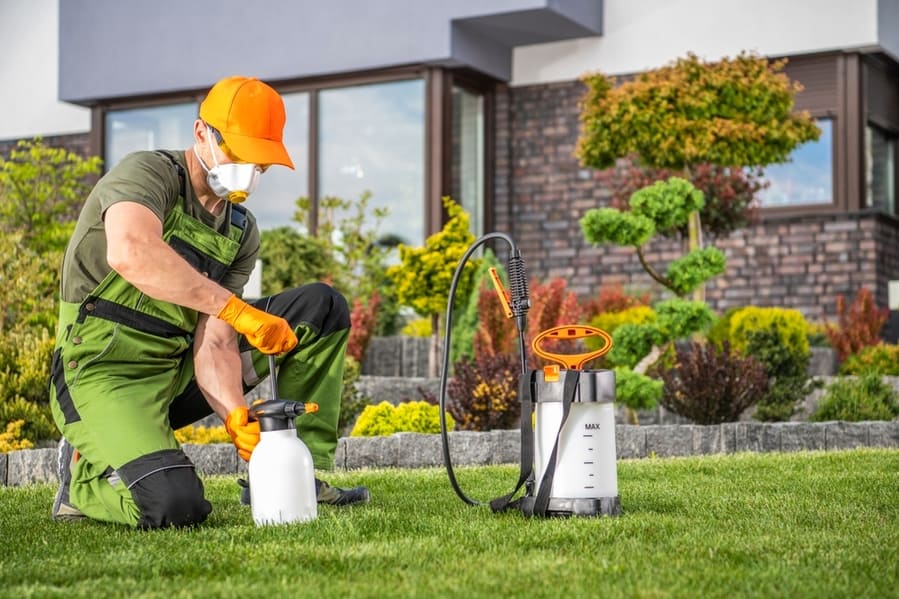
Spinosad is a toxic biological insecticide for a broad group of insects.
Bacillus thuringiensis (Bt) are pesticide variants targeted at specific pests.
These natural pesticides are derived from bacteria living in the soil.
Pest exterminators use them to eliminate grubs, caterpillars, and other larval pests.
Summary
The tools pest exterminators have at their disposal today are more varied than ever due to the complexity of client demands and groundbreaking scientific advancements.
As a result, many pest control services offer a wide array of techniques to effectively eliminate pests, including safer and greener solutions.
As a parent and pet owner, I always discuss the planned action and proposed methods with the pest control technician before agreeing.
I recommend inquiring whether they plan on using chemicals and what they are.
In addition to asking the technician about health and safety effects, I also make sure that I do my research to ensure my family’s and environment’s well-being.
Frequently Asked Questions
What Products Do Professional Pest Control Use?
Most pest exterminators use pyrethrins and pyrethroids when eliminating various pests.
While pyrethrins are derived from chrysanthemum flowers, pyrethroids are artificial pesticides that mimic pyrethrins.
Pest exterminators also use many other chemicals to counter pests, including Piperonyl Butoxide, Fipronil, Hydramethylnon, Boric Acid, Indoxacarb, Malathion, and biological insecticides such as Spinosad and Bacillus thuringiensis (Bt).
What Do Exterminators Use To Get Rid of Roaches?
Pest control technicians often use bait traps and fumigation involving chemicals such as Fipronil, Hydramethylnon, Boric Acid, and Indoxacarb to get rid of roaches.
What Do Pest Control Companies Use for Mice?
Professional pest control companies control mice using various methods, such as bait traps and rodenticides, including bromethalin, cholecalciferol, and zinc phosphide.




